GUEST BLOGGER ROXANNE TROUP
Humans have been fascinated with space exploration for centuries—first through observation of the stars and storytelling; then through telescopes and more recently via space travel, probes, and satellites.
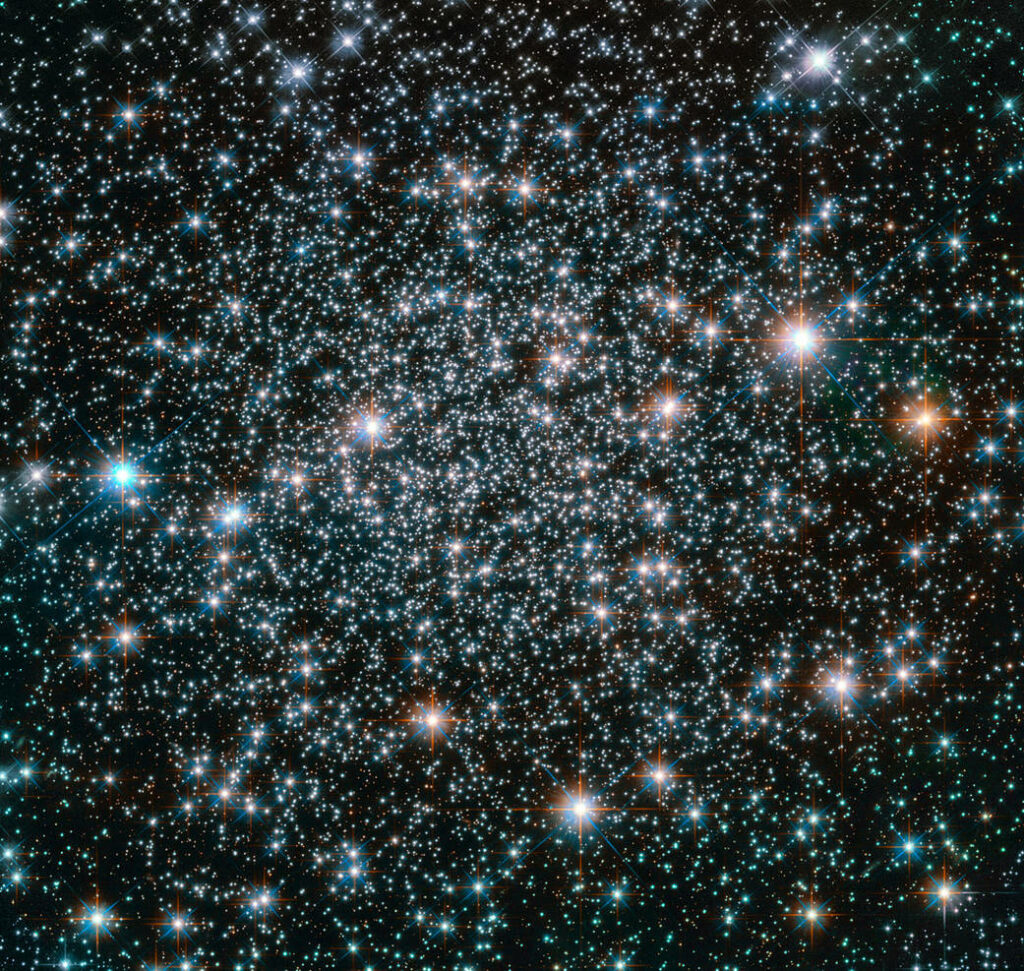
REACHING FOR THE STARS: A MISSION TO SPACE (Schiffer Kids, 2024) taps into that fascination by introducing young readers to the wonders of space (with real space photos collaged into the art!) while celebrating NASA’s Artemis mission and the future of space exploration.
Exploring our world through story
But we don’t have to blast-off in a rocket to explore our amazing world. We can read!
Read REACHING FOR THE STARS with your students paying special attention to the constellations depicted in the book. (Note: The word “constellation” does not appear in the story text. Instead, individual constellations are named. The word “constellation” only appears in the glossary so be sure to help your students make that connection.)
Define constellation for your students as a group of stars that appear to form a picture. Explain that ancient cultures used these star-pictures to navigate, and ask your students how they think travelers learned which stars to look for/pay attention to in the night sky.
Answer: They told stories.
The power of story
Choose one of the constellations represented in REACHING FOR THE STARS to illustrate this point. Research the mythology behind your chosen constellation and briefly share its story with the class. Explain that every major constellation has a story (or mythology) attached to it, and discuss why ancient cultures may have chosen story as the vehicle to transmit important information like knowing how to navigate using the stars.
Next, direct students to choose another major constellation and research the mythology behind it (you can find several options pictured on the constellation cards at the back of my teacher guide for REACHING FOR THE STARS, or a list of officially recognized constellations on NASA’s website). Here are a few kid-friendly sites to direct them towards:
- US VAO: Kid-friendly Constellation Stories
- Learn Bright: Constellations for Kids
- Twinkl: What Are Constellations?
- Free School: Constellation Myths
- Our Universe for Kids: Constellations
Creating our own stories
Ask your students to share the story of their constellation in a creative way. They might write a song or poem, create a digital flipbook, work with a partner to perform an original skit, or develop a video game script.
Variation: After the whole-class portion of this activity, direct students to create their own stories connected to their chosen constellation without researching it first. Then compare the actual mythology to their own stories. Do both stories have clear take-away value (the thing people will remember)? Which story best presents the “take-away” in a clear, easily remembered way?
That’s the power of story!
Featured image credit: “Hubble Gazes at a Dazzling Star Cluster” by NASA Hubble is licensed under CC BY 2.0.
Award-winning children’s author, Roxanne Troup writes kid’s books that inspire wonder and celebrate family. With a background in education, she also writes engaging nonfiction for all ages. Roxanne lives in the mountains of Colorado and enjoys hiking with her family, gazing at stars, and exploring our amazing world through stories. She loves to visit schools to water seeds of literacy and inspire the next generation of explorers, scientists, and storytellers. Learn more about her books or connect with her online at:
- www.roxannetroup.com
- on Twitter, Bluesky and Pinterest @roxannetroup


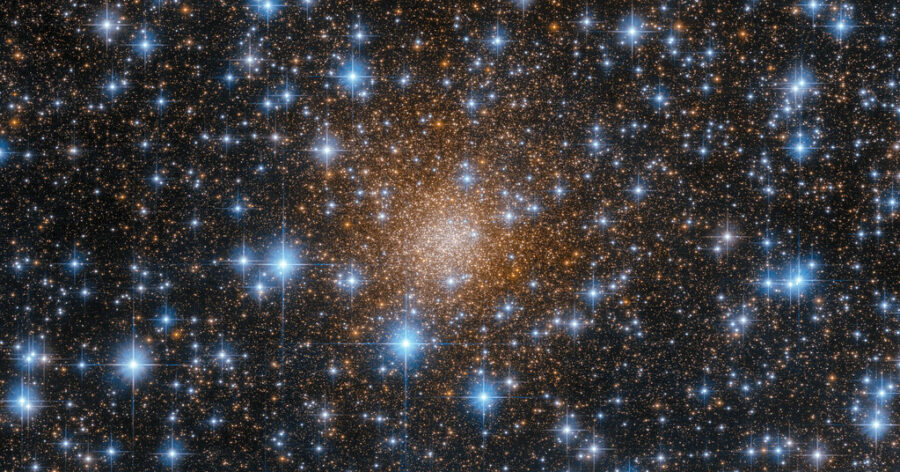

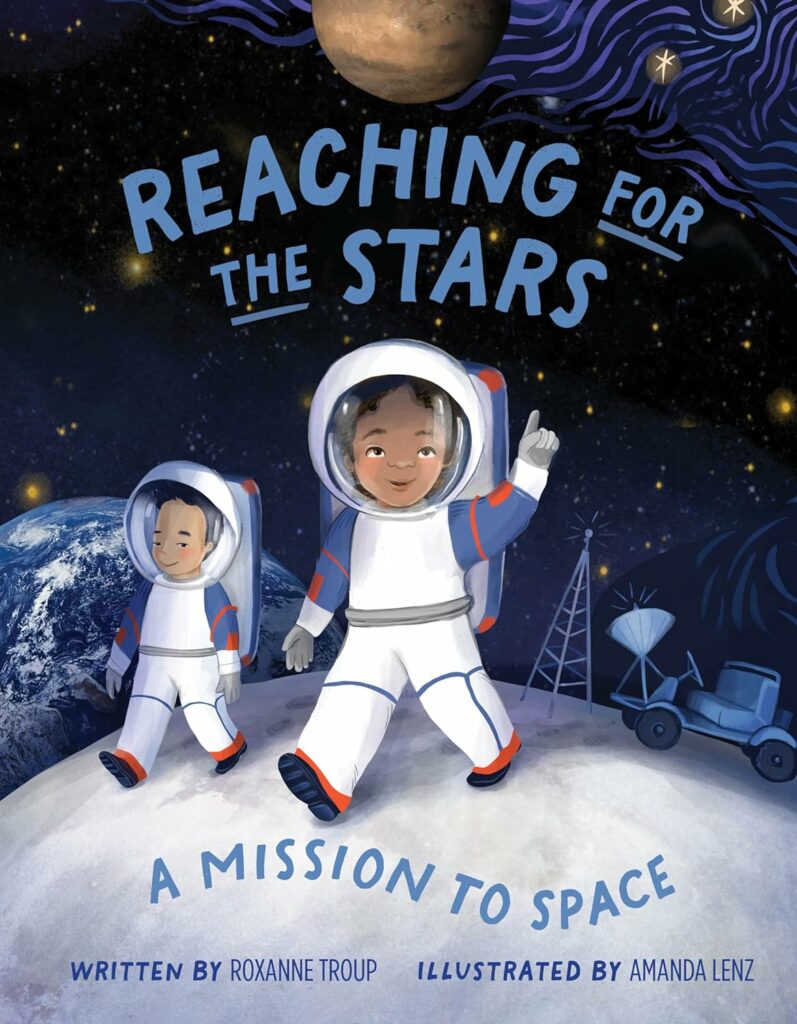
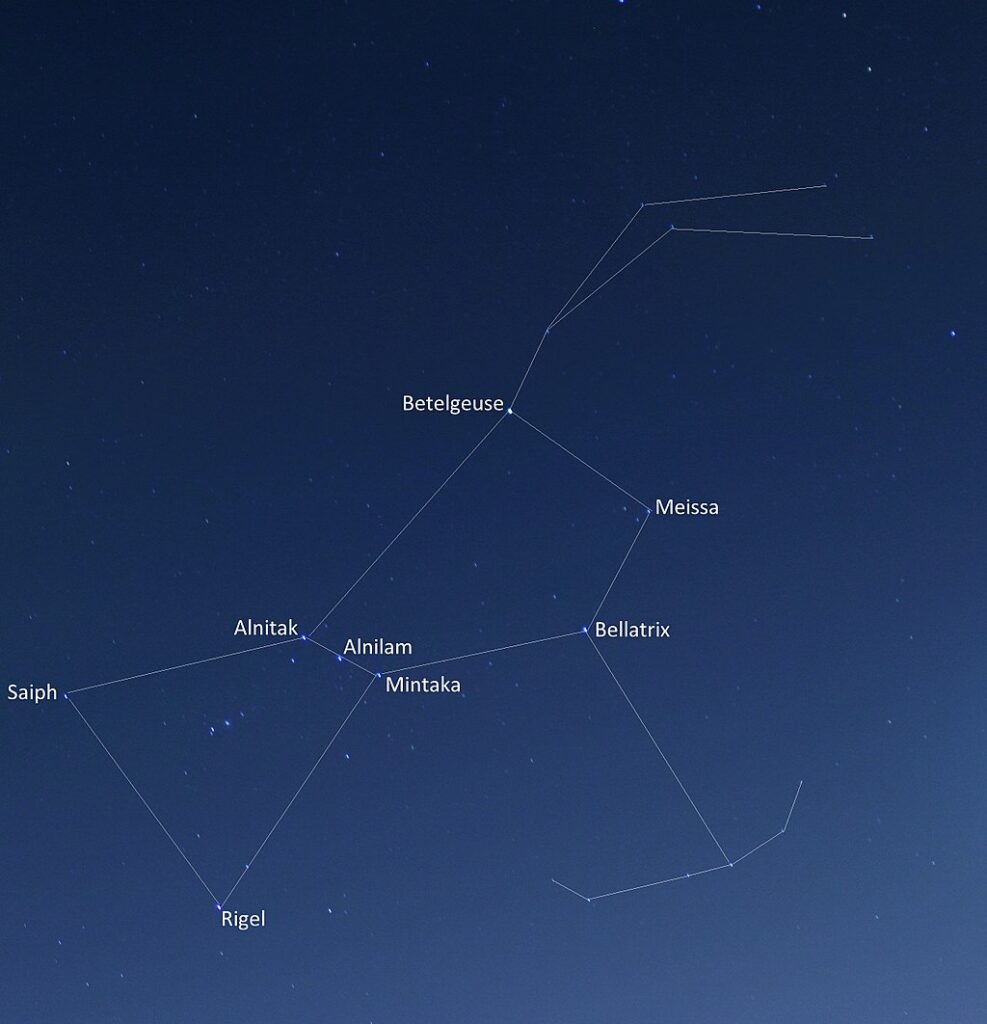

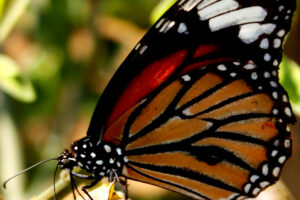
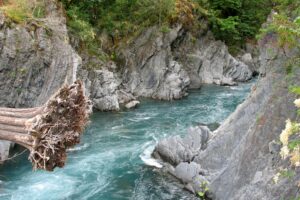
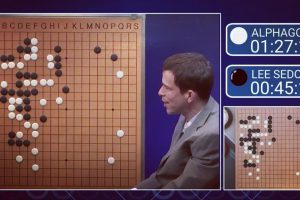


Leave a Reply
Your email is safe with me.